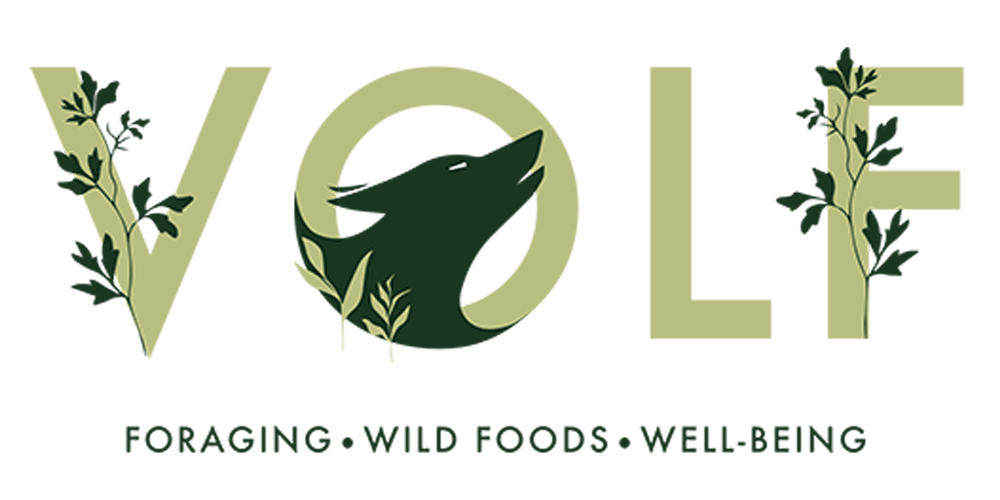Dandelion
How To ID Me And What I’m Good For?
My ID Features:
Flowers
Leaves
Root
Seeds
Dandelion
Latin Name - Taraxacum Agg.
Family - Asteraceae.
Season - All year (flowering during spring & summer mostly).
Edible bits - Flowers, leaves & roots.
Habitat - Particularly likes poor soil. Can be found almost anywhere.
Possible Confusion - Possible confusion with Hawkbits, Catsear or Goatsbeard species. Though they are also edible.
Description - Generally considered a weed, but once upon a time it was considered more valuable than grass in peoples gardens. And rightly so. They are a rich source of vitamins, minerals and antioxidants. All parts are edible, a foragers super food! It makes an excellent coffee substitute with its roots. During the Second World War, when coffee was almost unobtainable, a substitute was made from the roasted and ground roots of Dandelions! The leaves can become slightly bitter with age, so be sure to collect the more immature ones. Interestingly, there are 232 known microspecies of dandelion that can only be identified by specialists.
Physical Characteristics - Taraxacum ‘officinale’ produces several hollow, leafless flower stems that are typically 5–40 centimetres tall. The stems can be tinted purplish and produce flower heads that are held as tall or taller than the foliage itself. The foliage may be upright-growing or horizontally spreading; the leaves have petioles that are either unwinged or narrowly winged. The stems can be hairless or sparsely covered with short hairs. Plants have milky latex and the leaves are all basal (arising from the base of the plant). Each flowering stem has one single flower head. The yellow flowers themselves range from 2-6cm across. These are followed by white fluffy seed heads known as ‘clocks’.
The leaves are 5–45 cm long and 1–10 cm wide, and are oblanceolate, oblong, or obovate in shape, with the bases gradually narrowing to the petiole. The leaf margins are typically shallowly lobed to deeply lobed and often lacerate or toothed with sharp or dull teeth.
Medicinal Qualities - Dandelions are a highly nutritious plant. high in fibre, vitamins and minerals.
The greens provide high levels of vitamins A, C, and K. They also contain vitamin E, folate, and small amounts of other B vitamins. Dandelion greens also provide a substantial amount of several minerals, including iron, calcium, magnesium, and potassium.
The roots Dandelions contain high levels of the antioxidant beta carotene, which may protect against cell damage and oxidative stress. They’re also rich in another type of antioxidants called polyphenol.
There are many other supposed health benefits.
Harvesting Sustainability - A massively abundant plant that harvesting for personal use, is unlikely to damage any local populations.
Never munch on a hunch! Volf takes no responsibility for anything consumed.





